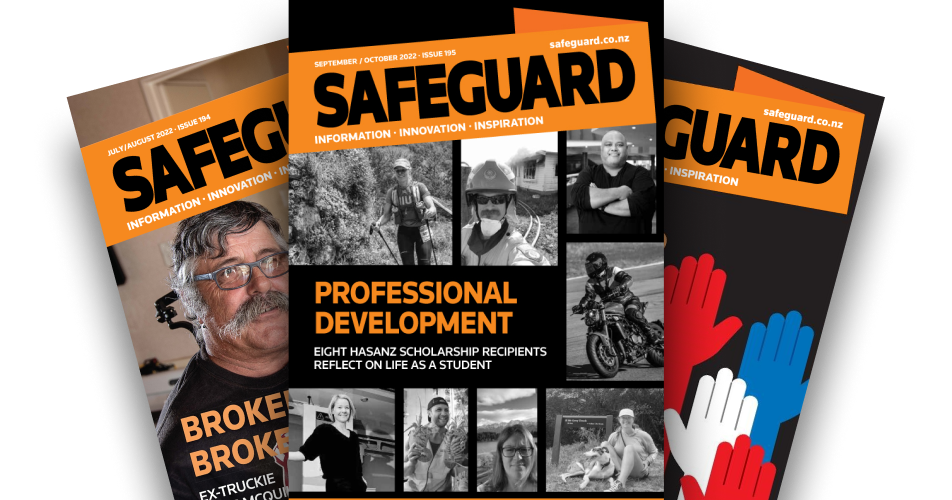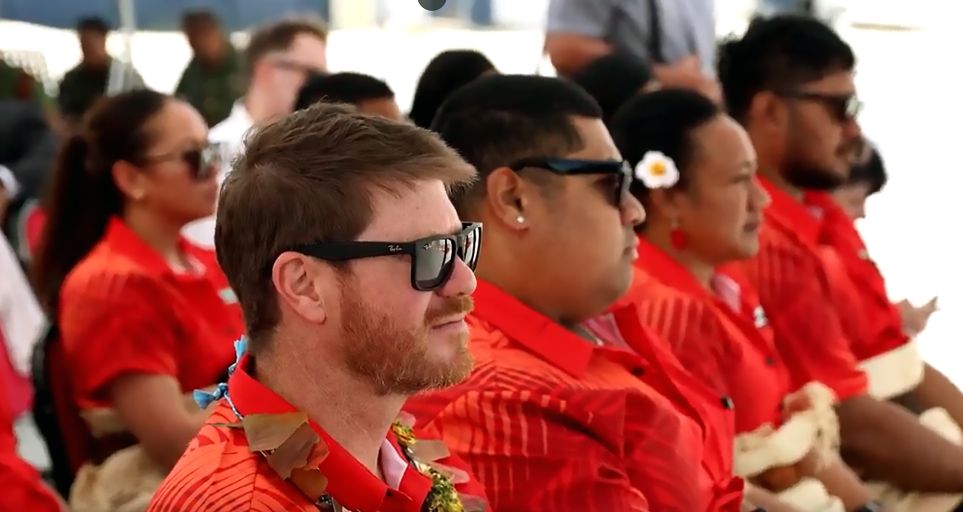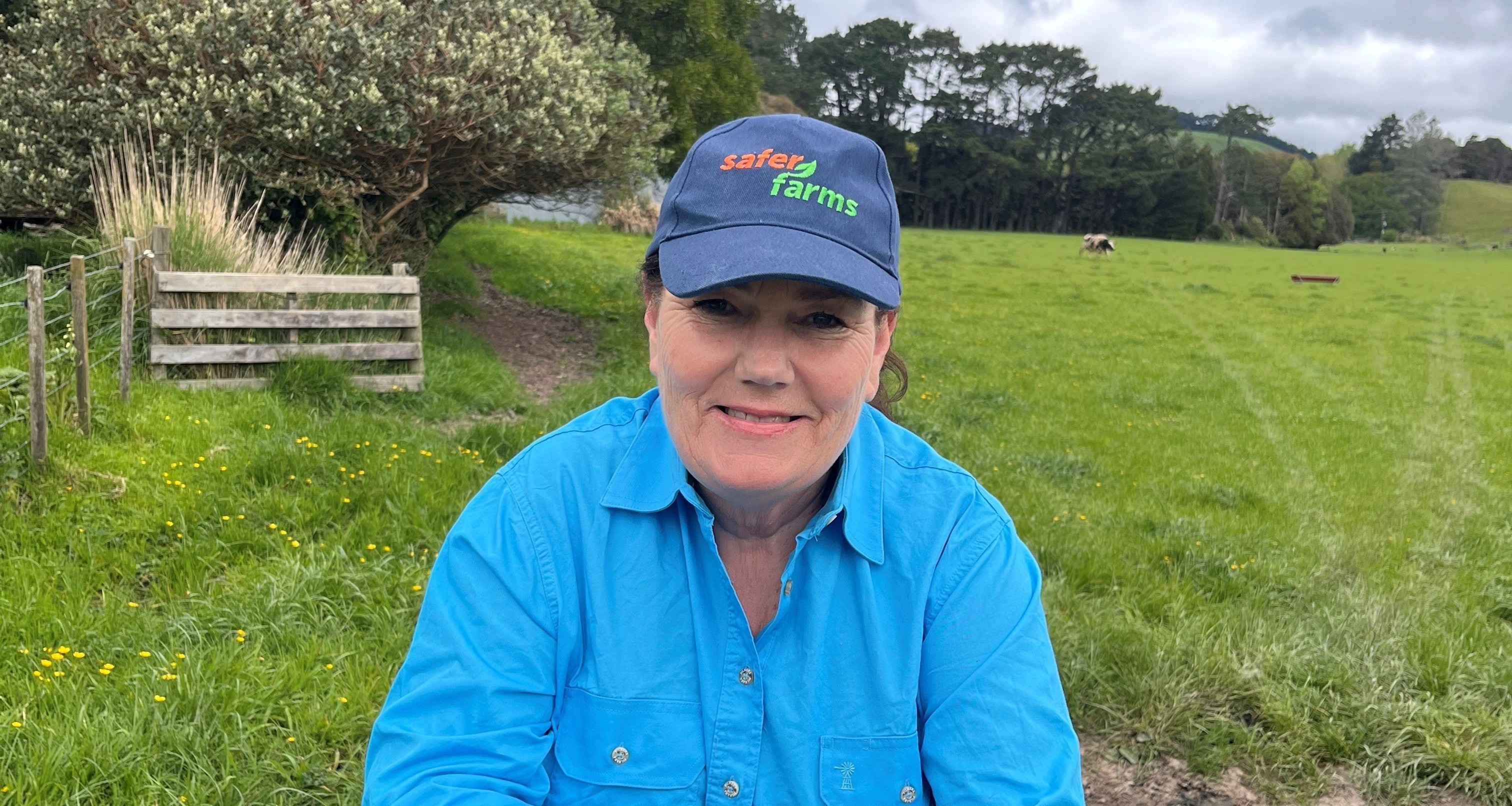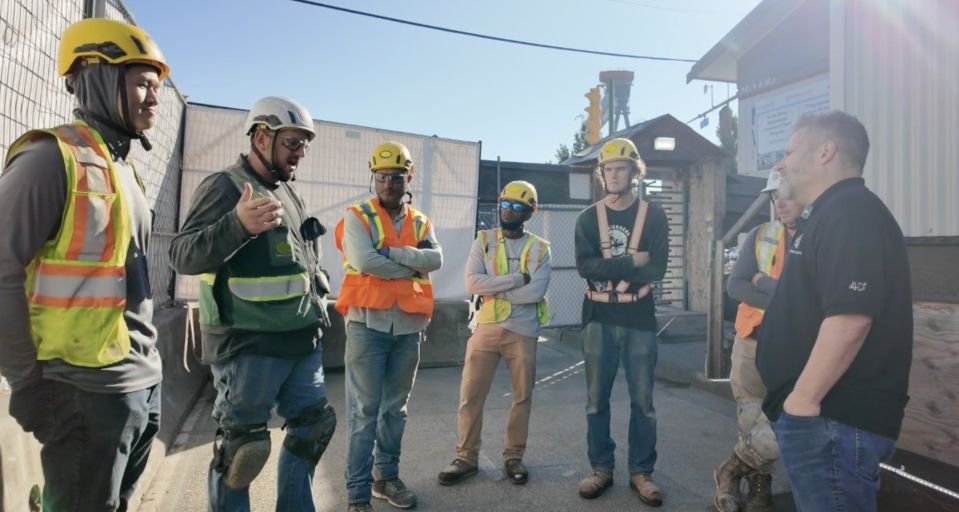“Learn how to see. Realise that everything connects with everything else.” So said Leonardo da Vinci over 500 years ago. As the world of work becomes more and more complex, this has never been truer. While he was obviously not talking about health and safety, such connectedness plays an important role in getting traction on improving our performance.
The State of a Thriving Nation report, released last month by the Business Leaders’ Health and Safety Forum, begins to track some of these connections at a national level. How is health and safety performance linked to the state of the economy? Or the availability of workers? Or the clarity and execution (or otherwise!) of a national strategy? It deliberately raises more questions than it answers, with a view to a multi-year development of information that becomes richer over time.
And that is one of the ways to handle complexity – asking lots of questions of a wide range of sources to build up an understanding of what is really going on. Only then can we begin to reveal those connections that may not be immediately obvious but have real-world implications for performance.
In health and safety, we have often been guilty of over-simplifying, failing to see those connections and then implementing a solution that is not good enough, or sometimes even makes things worse.
A good example of this can be found in a 1999 paper1 reviewing the potential benefits of a traffic management programme. This suggested that the money spent on road safety would come at the cost of other public services and that this would lead to fatalities elsewhere, with the net effect being more deaths caused than saved. A simple approach neglected to consider the connectedness of other services and the context in which it was operating.
Try zooming out
What does this mean at a more local level? Whether you are investigating an incident, developing an intervention, or simply analysing performance, think about the connections that need to be taken into consideration. To do this, take a broader perspective and see what else you can find in that context. I refer to this in training as zooming out. Just like each time you hit the zoom out icon on a map, you get to see a little more context each time you step back in your perspective.
Imagine someone failing to clip on while working at height. At an individual level, they may have been distracted, unaware of the need, or simply forgot.
Zoom out to the work level and there may be schedule or cost pressures that influenced them.
Zoom out again and the contract let to their company may incentivise productivity and lead to those pressures.
Step back further and the contract may be designed that way because of a change to government procurement guidelines.
There may not be a lot you can do about government guidelines, but the knowledge of that context and connectedness will show that there will likely be other repercussions for health and safety. An intervention at the highest possible level where you have influence will, therefore, have the maximum impact on managing future risks. In this case, you might be able to influence at a contract level and prevent the same incentive affecting lots of other areas.
On the Safety of Work podcast, Drew Rae referred to this as targeting the slowest moving part of the system. To be able to do that, you have to first see the whole system – “learn how to see.”
Slower moving parts
Seeing that whole system improves risk management. Many of the underlying factors that are identified within a detailed and well considered incident investigation will be these types of issues that are two or more steps removed from the event. Contributing, but not obviously part of the work. A key factor, but not a typical health and safety issue.
As slower moving parts of the system, these have influence across a much wider range of activities than just the one being investigated. By thinking about the broader context as part of the routine assessment of health and safety management and systems, you can identify those causal factors and optimise them to minimise the chance that they end up as a contributing factor.
This is something to explore with your leaders – what knock-on impacts or unintended consequences will arise from non-safety decisions that they make? A decision to cut staff numbers impacts the capacity to deliver work safely. Acquiring a new business changes your risk profile, as does changing your contracting or procurement strategy.
None of these might look like health and safety decisions at first, but that inter-connectedness means they will have an impact. Similarly, broader contextual factors that are not of your making will have similar links. These might be interest rates, market conditions, availability of trained staff. This has happened recently with a sharp reduction in milk prices, meaning many farmers may be making a loss. What does that do to their potential to invest in safer systems?
Nudging the system
Complex systems have emergent properties. These are outcomes that cannot be known in advance due to the many changing connections and links in the system. Safety can be seen as an emergent property of a complex system of work. You can’t point to safety. You can’t see it or directly measure it and you never really know if you have it until the work is finished.
But by clearly understanding the full context in which you are operating – which includes all of those factors that are not directly health and safety but are connected – you can start to identify things that routinely contribute to that safe outcome and do more of them to nudge the system in the direction you want it to go.
Context is key. Learn how to see it.
1Author: Elvik, R. (1999). Can injury prevention efforts go too far?: Reflections on some possible implications of Vision Zero for road accident fatalities. Accident Analysis & Prevention, 31(3), 265-286
Craig Marriott is a consultant advising on governance, strategy and leadership in workplace safety and risk.




